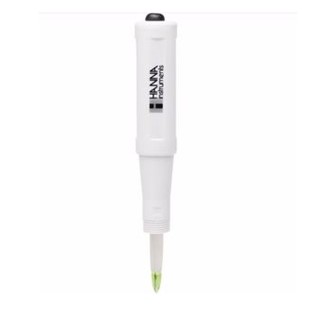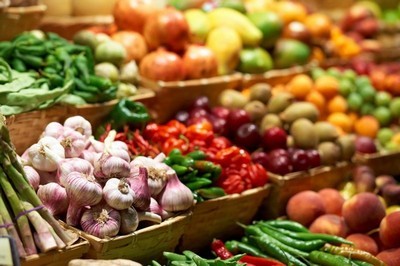New Zealand: Red meat exports fall in September as global markets weaken
Total exports for the month were down 18 percent compared to September last year. Exports to CANADA, the UK and Saudi Arabia increased, but fell to CHINA, Japan, Taiwan, Korea, the US and Australia.
Interior Minister Sirma Karapeeva said the fall was partly the result of very high EXPORT values in September last year, but it also reflected continuing difficult economic conditions in many major markets.
“China in particular continues to struggle, with total exports in September of $187 million, down 31 percent from September last year.
“We also saw a 31 per cent decline in exports to Australia, which has seen high levels of domestic MEAT production and exports as Australian farmers reduce stocks in anticipation of expected El Niño-induced drought.”
Ms Karapeeva said there were some positive signs in the UK market, with total exports up 33 per cent to $17 million.
“This was partly the result of a recovery in lamb exports from low levels in September last year, as well as continued growth in beef exports with improved access under the free trade agreement.
“Exports to Saudi Arabia increased significantly during the month, up 185 percent to $16 million, mainly due to increased lamb exports.
“North America was also generally positive, mainly due to increased beef exports. Total exports to Canada increased 16 percent to $26 million.”
In September, the value of exports to Japan fell four percent to $27 million. Taiwan fell 27 percent to $19 million and Korea fell 26 percent to $12 million.
The three percent drop in total exports to the U.S., to $142 million, was primarily due to a significant decline in fifth-quarter exports, especially fat, compared with September 2022.
Total red meat exports in the third quarter were $2.1 billion, down 21 percent from last year.
“There was a decline in exports to China and other North Asian markets, which was only partially offset by increased exports to North America,” says Ms. Karapeeva.
China fell 42 percent to $642 million, Japan fell 31 percent to $88 million, Taiwan fell four percent to $75 million and Korea fell 36 percent to $48 million.
By comparison, exports to the U.S. rose 15 percent to $551 million and to Canada rose 72 percent to $98 million.
There was a slight increase in lamb exports to the US and Canada, but most of the growth in the quarter came from beef as drought eased somewhat and a corresponding decline in domestic beef production.
There was a slight increase in total exports to the UK, which rose two per cent to $70 million, mainly as a result of an 87 per cent increase in the value of beef exports.
Despite rising in September, the value of lamb exports to the UK was down for the full quarter compared with 2022.
Exports for the year to September 30 totaled $10.2 billion, down 11 percent from the same period last year.
Overall, exports to most major markets fell, but there were slight increases in the value of exports to the United States (up two percent to $2.4 billion) and Canada (up seven percent to $275 million).
In both of these markets, this was due to an increase in the value of beef exports compared to the previous year.





























































